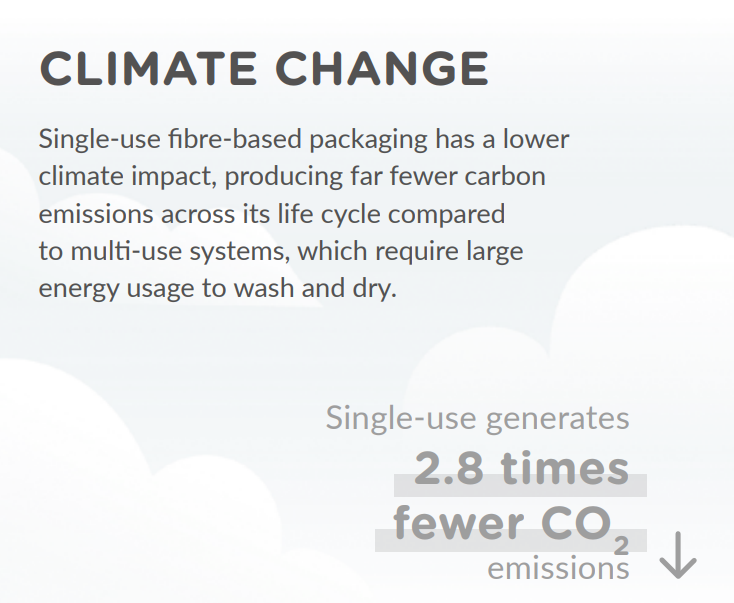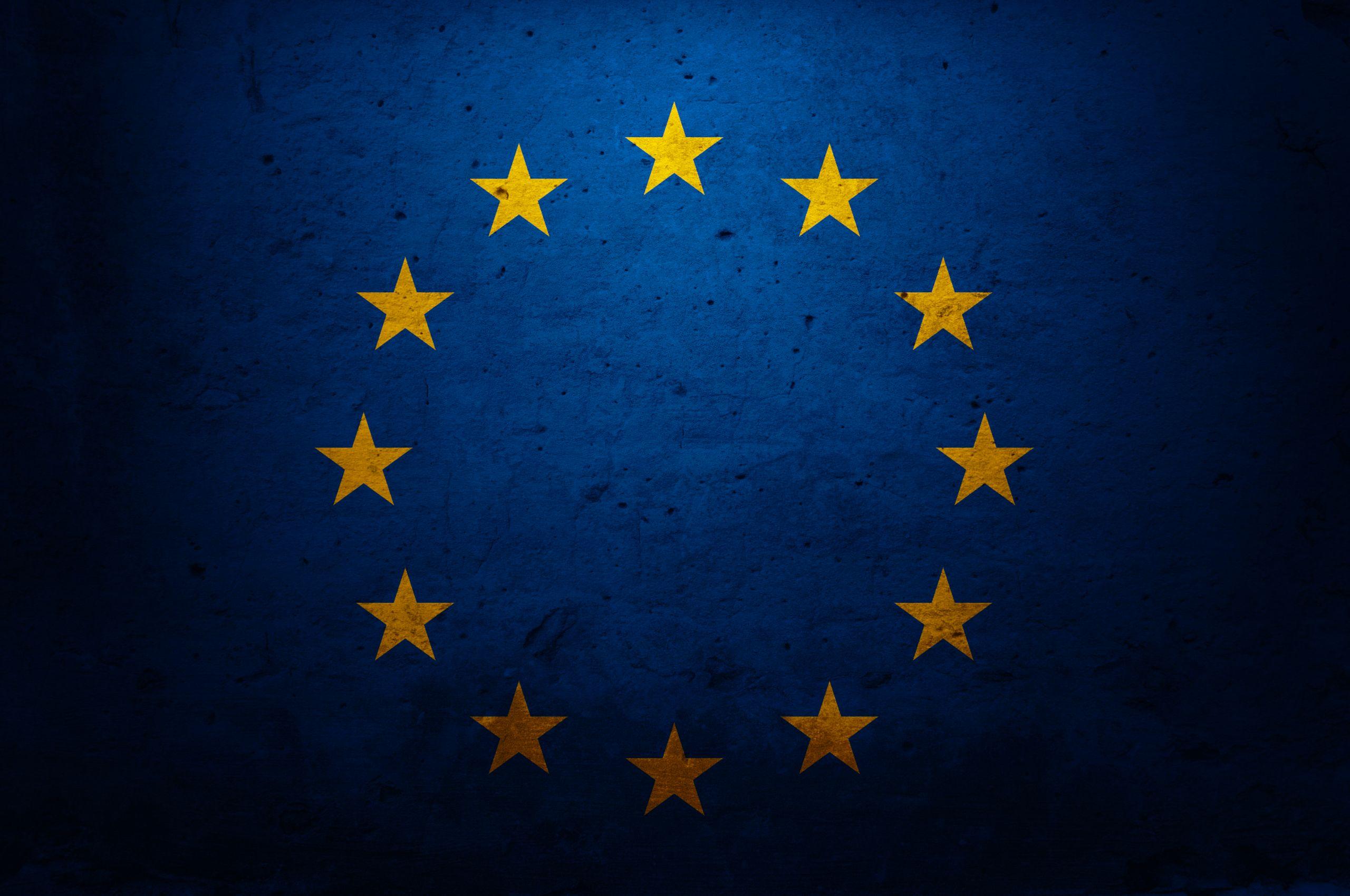As heat waves wreak havoc across Europe for another summer, the European Commission is pressing ahead with its goal of reducing greenhouse gas emissions across the bloc by 55% by 2030.
This ambition is to be commended, although it will have undoubtedly huge ramifications for every European citizen and business.
The European Green Deal plans are already extremely complex, and the Commission is now sharing an ever-growing number of proposals and inviting feedback from concerned parties. This too is welcome, as only through effective consultation and rigorous impact assessments can we ensure that the policies achieve what they are designed to.
One such file is the upcoming revision of the Packaging and Packaging Waste Directive, which looks set to impose strict rules on what packaging should be permitted on the market and provides targets on recycling and reuse to minimize waste.
It is particularly crucial that when reviewing the rules on packaging, the EU keeps in mind the importance of promoting solutions that will lead to the most efficient and positive impact on the environment over the full product life cycle
It is particularly crucial that when reviewing the rules on packaging the EU keeps in mind the importance of promoting solutions that will lead to the most efficient and positive impact on the environment over the full product life cycle. The best overall environmental outcome, with emissions reductions front and center, must be the guiding principle.
What is best for the environment is sometimes not what one might imagine at first. This is the case for paper-based packaging, for which the Commission is considering setting mandatory reusable packaging targets and banning a wide variety of renewable and recyclable single-use packaging.
Many people may instinctively feel that, from a sustainability perspective, single-use is bad and multiple-use is good. However, when single-use products are made from renewable, sustainably sourced and widely recycled paperboard, and multiple-use products are derived from non-renewable, resource-intensive, hard plastic, we can already guess that the truth might be somewhat different.
Obligatory reusable packaging in take-away services would be more burdensome on the environment than single-use paper packaging
Via EPPA
Indeed, that is what science shows. Ramboll, an independent and prominent Danish company, conducted a recent study — commissioned by the European Paper Packaging Alliance — with unambiguous results. Many restaurants do not rely heavily on single-use products on-site, but a huge majority do for delivery services. The conclusion couldn’t be any clearer: obligatory reusable packaging in take-away services would be more burdensome on the environment than single-use paper packaging.
This study is a meta-analysis, which reviewed 26 studies and concluded that the additional and specific reuse burdens of additional washing, take-back transportation and breakage/unit loss associated with takeaways make reusable materials far less sustainable for this service. This is not even accounting for the increased costs and inefficiencies (and likely very high levels of non-collection/reuse) associated with trying to implement reusable systems at scale through delivery platforms that often service hundreds of individual restaurants in a given town or city.
Substituting single-use packaging with reusable tableware in quick service restaurants across Europe would be equivalent to adding every year an extra one million petrol cars in terms of CO2 emissions and consuming as much freshwater as a city of 750,000 people
In addition, the results of the most up-to-date life cycle analysis (LCA), also conducted by Ramboll, favors single-use paper packaging in fast food restaurants. That analysis shows that reusable tableware (cups, plates, etc.) generates nearly three times more CO2-equivalent emissions and consumes 3.4 times more freshwater than paper-based single-use systems. Indeed, substituting single-use packaging with reusable tableware in quick service restaurants across Europe would be equivalent to adding every year an extra one million petrol cars in terms of CO2 emissions and consuming as much freshwater as a city of 750,000 people. In a time when Europe needs to strengthen the resilience of its ecosystems and use water more efficiently, making reusables obligatory will only increase water consumption, as clearly pointed out in the LCA study, and accelerate water stress.
Via EPPA
Paper, therefore, represents a real solution to reducing the packaging industry’s environmental footprint: it is made of 100% renewable materials, recyclable and converted to new products in factories all over Europe. In fact, it has the highest recycling rate (82%) of all packaging materials. The paper packaging industry aims to increase this rate to 90% by 2030 — a commitment that is substantially higher than the 85% rate target mandated by the European Union. In some countries, such as Italy, the 2030 EU Commission target has been already achieved, and many other member states are well on their way to achieving this target well before 2030.
In a time when Europe needs to strengthen the resilience of its ecosystems and use water more efficiently, making reusables obligatory will only increase water consumption, as clearly pointed out in the LCA study, and accelerate water stress
Putting recyclability and LCA at the heart of the circular economy is a prerequisite. This is not just the position of those in the food service industry or paper packaging sector, but of the European Economic and Social Committee (EESC), which emphasized that the European Commission should focus on the entire life cycle of products before making any decision regarding packaging in recent published recommendations. The EESC notes that packaging made of natural fibers and other natural materials can effectively decouple growth from resource usage. It also notes that renewable materials are long-lasting, recyclable and biodegradable. Paper packaging meets all these criteria.
As we face increasing environmental devastation and climate volatility, the European Commission must act swiftly and strongly, but always on the best scientific evidence. Single-use paper packaging is simply better for the environment than reusable alternatives. Let’s start implementing policies that are science-based and achieve the best environmental outcome for the planet and for the people.




